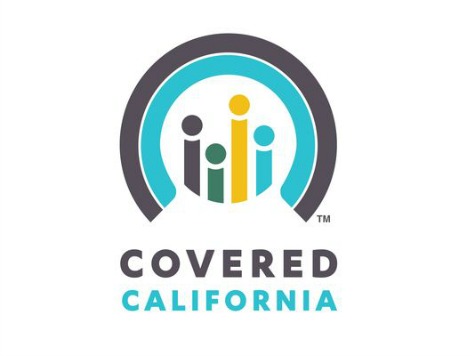Only by Obamacare’s standards could Covered California, Sacramento’s state-run Obamacare exchange, be considered a success. Outside California, Obamacare is fading fast in the states. Some – led by Oregon and Maryland – intend to abandon their Obamacare health-insurance exchanges and let the federal government takeover.
Covered California, however, is firing on all cylinders. This is despite a rocky and expensive start that left Californians unimpressed. Covered California’s own evidence confirms this. The agency commissioned a survey of uninsured and individually insured consumers before open enrolment began in October 2013, as well as four weeks in January and February this year. During the period, knowledge of Obamacare increased seven percentage points. However, there was also a six point decrease in positive attitudes and an eight point increase in negative attitudes towards the federal reform in California.
This was despite a massive promotional, sales, and marketing effort. In the build-up to Obamacare, California got a little more than $1 billion in federal grants to prepare for enrolment and then to sign people up. In the end, 1.4 million enrollees signed up, at a cost of $758 per enrollee.
Although it was expensive to acquire these enrollees, many eligible Californians slipped through the net. According to the survey, less than one in five respondents bought health insurance from Covered California. Half shopped but did not buy. One-third did not shop at all.
As well as those eligible to buy private insurance from Obamacare, Covered California was supposed to get low-income Californians signed up for Medicaid, the healthcare program for the poor that is jointly funded by the federal and state governments. About three million Californians are eligible for Medicaid under Obamacare’s expansion, but almost one million of them have not been signed up yet, because Covered California is not communicating effectively with county and local authorities.
Nevertheless, Covered California intends to keep going, expecting to grow enrollment over the next two years to two million people, of which 1.8 million will be subsidized. And it plans to achieve that by recruiting more “navigators” – the folks who have been signing people up at enrollment fairs at community centers and other venues.
To prepare for the next open enrolment later this year, successful navigators will receive grants ranging from $250,000 to $2 million to dragoon more people into Obamacare. Plus, the agency requires a lot more investment in systems and information technology. According to national figures, one in four Obamacare enrollees have errors in subsidy, citizenship, or immigration status in their records. (Yes: You can register to vote when you sign up at Covered California!)
CalHEERS, Covered California’s eligibility and enrolment system was $112.6 million over budget for fiscal year 2013-2014 (July 1-June 30). In April, the board voted to increase the current year’s budget by almost $90 million over the previously authorized $400 million – an increase of over one-fifth.
The federal funding which launched Covered California dries up this year. That budget-busting spending will have to be shouldered by Californians directly. Revenue comes from fees levied on health-insurance policies it sells. Fees charged for 2014 and 2015 are $13.95 per member per month, implying a revenue of about $235 million this year. Given Covered California’s inability to contain costs in the first year of operations, we can expect those fees to rise significantly in 2016 and beyond.
There is more: Enrollees are demanding access to care that has not been available. Networks are so narrow that that pregnant women have had to switch ob-gyns before giving birth. Over 1,500 people who signed up have already complained about either not getting confirmation of enrolment or not being able to use providers that they expected. A class action suit was filed against Blue Shield, alleging that the insurer had misrepresented the network of providers available in its Covered California policies.
Late to the party, state regulators have been pressuring insurers to expand their networks. So far this year, Anthem Blue Cross has added 4,000 doctors and high-profile hospitals including UC Davis and Cedars-Sinai in Los Angeles. HealthNet says it has increased the number of physicians in its exchange plans by 68 percent, to 11,600. Blue Shield of California states that its exchange plans now have 62 percent of the physicians and 80 percent of the hospitals that are in its standard PPO network.
If these broader networks persist in 2015, premiums will have to increase significantly, adding to the pain of fees added on to pay for Covered California’s bureaucracy. Other states are abandoning their failed Obamacare experiments. Unfortunately for its residents, California is digging in deeper.
John R. Graham is a senior fellow at the Pacific Research Institute

COMMENTS
Please let us know if you're having issues with commenting.